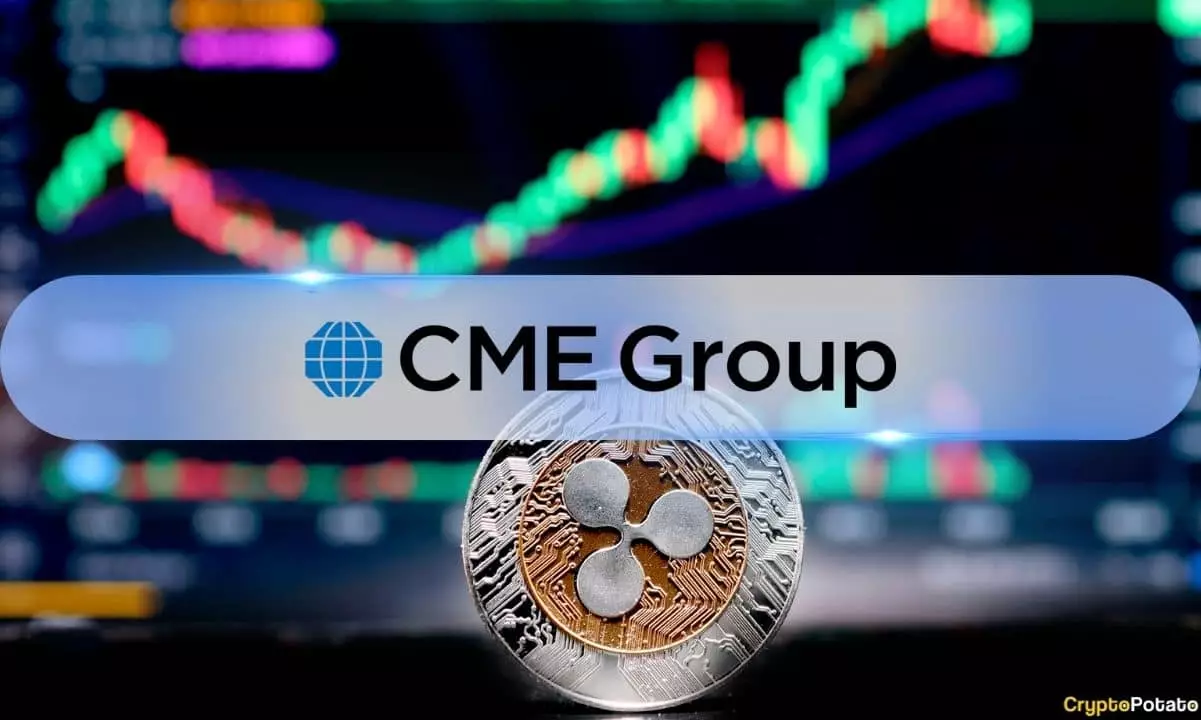On May 19, the Chicago Mercantile Exchange (CME) unveiled its much-anticipated XRP futures contracts, marking a pivotal shift towards institutional adoption of cryptocurrency assets. As the third-largest exchange, CME’s move signals not just an extension of crypto derivatives, but a new chapter in how digital currencies are perceived and traded in mainstream finance. This launch follows the establishment of futures for Bitcoin, Ethereum, and Solana, and reflects a growing impatience among investors for regulated, cash-settled derivatives that allow for speculative trading without the need to physically hold the assets.
However, the introduction of XRP futures could incite mixed feelings among retail investors and traditionalists alike. There’s an undeniable allure to these sophisticated financial products, but will it clear the air of uncertainty surrounding XRP, or merely fuel rampant speculation?
Why Futures Matter: Institutional Validation or Speculation?
Futures contracts, particularly at a reputable exchange like CME, legitimize the underlying asset in the eyes of institutional investors. In the case of XRP, this could provide the liquidity and stability it desperately needs to break free from the shackles of regulatory uncertainty. Being able to engage with cash-settled contracts allows traders to hedge against volatility or gain exposure without owning XRP itself, thereby reducing the risks typically associated with crypto trading.
Nonetheless, care must be taken to recognize the potential for futures trading to lead to unreasonable speculation. History is replete with examples where the introduction of derivatives has heightened volatility in underlying assets. The crypto community, still reeling from market shifts influenced by speculative trading, must grapple with the possibility that XRP futures could exacerbate this phenomenon, sending prices on irrelevant trajectories based more on market sentiment than actual value or adoption.
The Mechanics of the Futures Contracts
What makes the XRP futures particularly noteworthy is their structure. The standard contract represents 50,000 tokens, while the micro contract caters to those seeking a less daunting entry with just 2,500 tokens. The minimum price fluctuations are set at $0.0005, offering sufficient granularity for traders to exercise their strategies without being deterred by high barriers to entry.
Additionally, CME’s approach to staggered contracts with six-month listings and four quarterly offerings shows a sustainability angle which aims to attract different trading methodologies. Yet, there lies an inherent tension: while institutional players can engage under more favorable fee structures, individual traders face steeper costs. This stratification in fee structures raises concerns about accessibility and equality in participation — a core ethos that many in the crypto community hold dear.
Legal Looming: Ripple’s Ongoing Battle with the SEC
While the launch of XRP futures captures headlines, it’s essential to acknowledge the legal battle still raging between Ripple and the U.S. Securities and Exchange Commission (SEC). Just days before the futures were rolled out, Judge Analisa Torres denied a proposal for a settlement that could have resolved a lengthy legal dispute regarding XRP’s status as a security. Her ruling — highlighting procedural errors in filing — raises flags about the future regulatory landscape Ripple must navigate.
This juxtaposition of a futures launch and an ongoing lawsuit isn’t just ironic; it’s emblematic of the tension faced by many crypto assets. Investors will undoubtedly be cautious as they speculate on XRP’s futures, aware that the regulatory environment remains volatile. The success of the futures contracts might depend more on external legal developments than on the intrinsic value of the cryptocurrency itself.
Market Reaction: A Mixed Bag Despite Institutional Adoption
Interestingly, the release of XRP futures contracts has not sparked a rally in XRP prices as one might expect. The token saw a slight dip of 1.3% in 24 hours, challenging the narrative of bullish institutional adoption. Even with a month-over-month gain of 12.1%, it remains to be seen if futures will translate into meaningful upward momentum for XRP’s market value.
The market appears to be experiencing confusion about the impact of institutional entry into the crypto space. The skepticism could stem from past performance where futures contracts did not lead to the significant appreciation many had anticipated. It’s a delicate balance between recognizing the arrival of institutional player interest while remaining cognizant of the potential for downside volatility.
CME’s XRP futures contracts are poised to change the trading landscape of cryptocurrencies. However, the mixture of regulatory uncertainty, market speculation, and varied accessibility for retail versus institutional traders adds layers of complexity that could yield unpredictable outcomes. As investors navigate this new frontier, the question remains: Are we on the path toward mature financial integration, or are we paving the way for an even more tumultuous crypto landscape?















